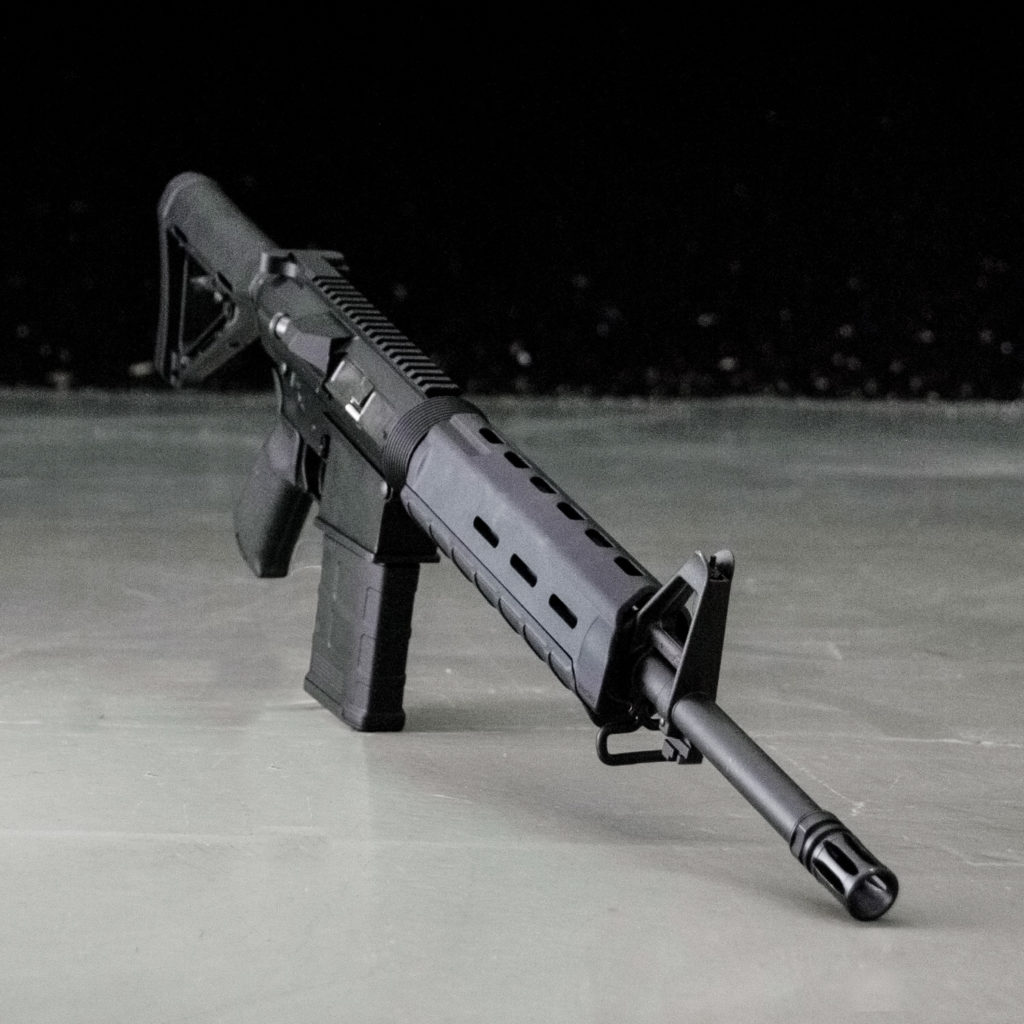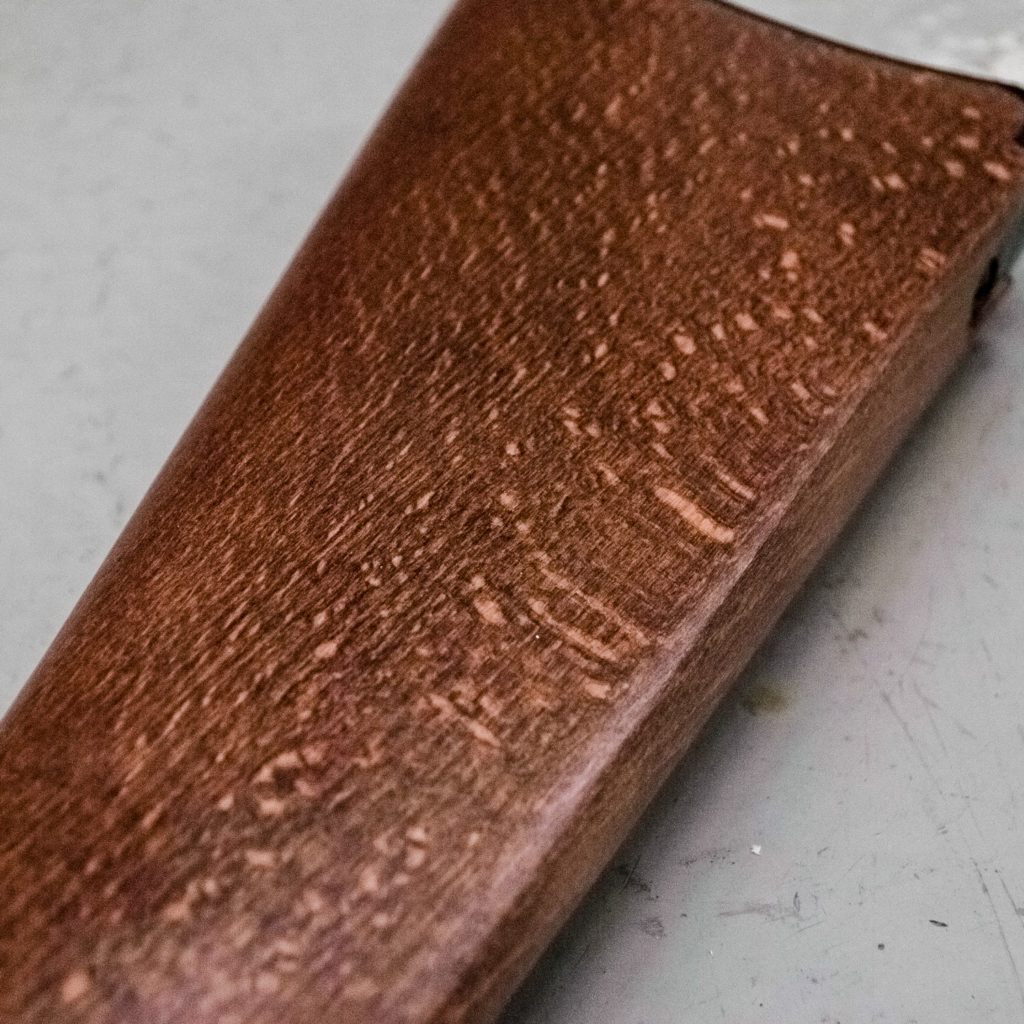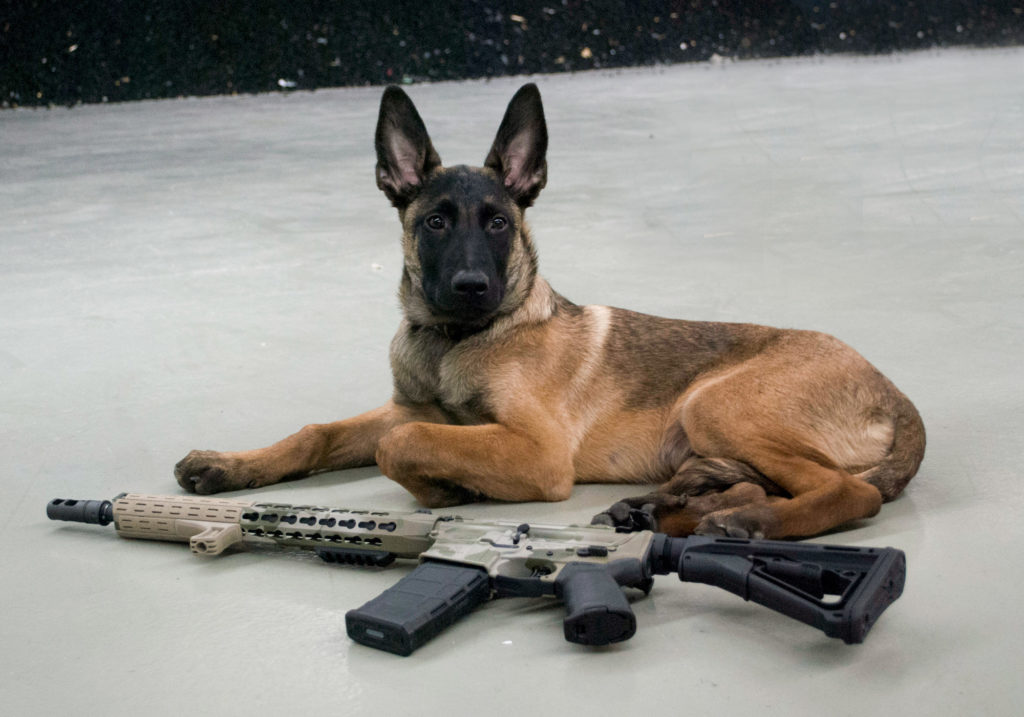Buying A Used Gun (9 Steps)
1. Don’t Be A Jerk
Let’s discuss general human respect. Don’t be a jerk. If you’re a homegrown lifelong authentic brute, we can’t help you. If you’re a genuine gun enthusiast (or novice looking to be an enthusiast), let’s chat. People are taking time from their days to help you with your purchase. Treat people with respect. Please, god, don’t drop a firearm if the seller lets you handle it. Even worse, never violate the four gun rules. If you don’t know what we’re referencing, stop immediately and learn them now.

2. Don’t Get Scammed
Thanks for being a good person to friends and strangers alike. Let’s chat scammers. You obviously can’t avoid every con artist, but there are red flags (just like any relationship). If the post, email, response, text — whatever communication you’re using — is packed with spelling errors, requests for personal information, or foreign transactions, run away. Not literally. Just be done unless you’re looking to be penniless. This is probably no news to you, but scammers are successful for a reason. Don’t be that reason.
If the price seems too good to be true, it probably is. Pass up on that $100 Glock. You’re not missing out on a deal, you’re missing out on getting totally screwed. Even if the seller actually delivers their end of the bargain, there’s most likely a huge functionality issue with your new gat.
3. Investigate the Seller
Get a piece of technology. Whip out that phone or computer and research. Look into the seller. Online marketplaces can be a good option, but they require more trust. A remote gun purchase means you don’t get to handle the firearm before dropping hundreds of dollars (or more). Make sure your research is solid before approaching gun sites.
Ask friends and family. Use word of mouth. Check with your local gun store. Read online customer reviews, look up prior sales, check out their ratings. Read the good reviews and the bad reviews — conclude based on everything combined.
4. Know the Pricing
You may know your exact desired make and model, or maybe you want something as vague as “a handgun.” Either way, get a general look and feel for your end goal. The price for a specific gun can vary $100 or more. Pricing is fluid. The firearm’s use and general aesthetic are huge factors — a chip in the finish of a gun might get you a better deal without compromising the function of the weapon. Research and cross-reference your desired firearm (or firearm category) so you know if it’s a good deal, a total trick, or a complete rip off.
5. Always Investigate the Firearm
- Look for visible signs of damage and wear. Minor flaws like holster wear and scuffs in the finish may drop the price without affecting any function. But if you find bolt damage, slide dysfunctionality, loose parts, or anything that looks and feels atypical — you might be in for a bad deal.

- Much like a Tinder date, the gun in question may look great on the outside, and a catastrophe on the inside. Disassemble it only with the seller’s permission. Never start yanking a gun apart, especially one you’re unfamiliar with. The seller may want to disassemble the gun themselves. Once apart, check everything for rust and fouling. Any bulges or kinks in the barrel is a no-go. Check out all screws, bushings, muzzle devices and fittings (novice gun owners will often leave scratches and stripped screws in these areas). Make sure to inspect the barrel (looking down the chamber end — never look through the muzzle of any gun, loaded or unloaded) and check the rifling.

- Barrel bulges may be slight or significant — look closely.
- Operate the unloaded gun as you would at the range. As always, strictly follow the gun safety rules. Dry fire it, with permission first. You’re looking for a sticky or spongy trigger (not ideal), a failure to drop the magazine, or other kinetic flaws. Parts that stick or resist more than normal may be something simple, like carbon buildup. But they may also be a sign that the gun will be more headache than it’s worth.
- Check for any aftermarket modifications. Mods can be sweet, but if installed wrong, can cause problems. Poor custom cerakote or special triggers may increase the cool factor while totally tanking the functionality. Plus, if you simply don’t like the color that may be enough for a “no thanks.” If you feel a more vulgar version of “no thanks,” creeping in, please refer to #1.
- Shoot. You may be able to meet at a gun range and learn what the gun in question feels like under fire. If you’ve never shot the model, you may want to find one you can shoot to make sure it’s the right feel you’re looking for.
If you choose to buy online (from a reputable company — unless you want to donate to a scammer’s charity), this step is a little different. You’ll want the closest possible experience to handing the firearm in person. Ask for as many photos as the seller is willing to provide, including a clear photo of the serial number. Request a video of field stripping the gun, as well as general operation like racking the slide, dropping the magazine, and dry firing. Learn as much as you can.
6. Ask Questions
This works equally in person or online. Did you buy the gun new? What was the gun used for? How many rounds did you put through it? Did you customize it? Why are you selling? Did you ever have problems with it? Do you have a dog? What breed? Male or female? Wait, now we’re off track.

You’re relying on the honor system, but something is better than nothing. Plus, reputable gun dealers can generally be trusted for factual information.
7. Check Company Policies
With a used firearm, you probably won’t get a warranty from an independent seller. Some gun shops may offer short warranties, but typically a used gun comes with less benefits. However, many, many, many gun companies are known for their impeccable customer service. Often times companies will fix their guns (even used) for little to no charge.
Again, do your research. Is the gun manufactured with a transferable warranty?
8. Barter (if Needed)
If a used gun model typically sells for $700 (mint condition), but the gun in question has slight scuffing, you’re likely to talk the seller into a lower price. Don’t barter for the sake of bartering. Barter with intention. Nobody wants to pay new gun prices for used guns. With adequate reasoning, most people can be understanding in your request for a price drop.
9. Listen to Your Gut
Like mama always said, if your common sense or your instincts are screaming NO, it’s probably a bad idea.
